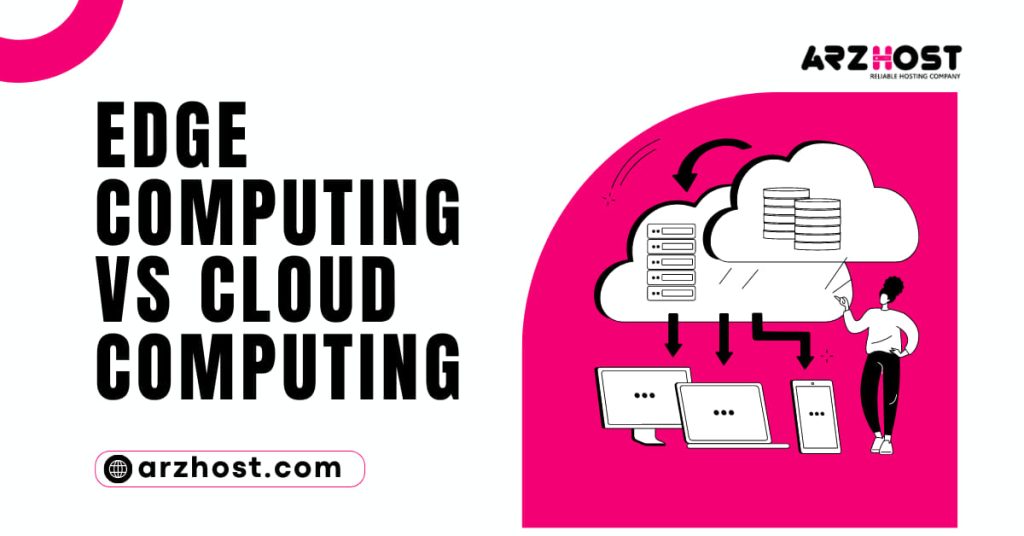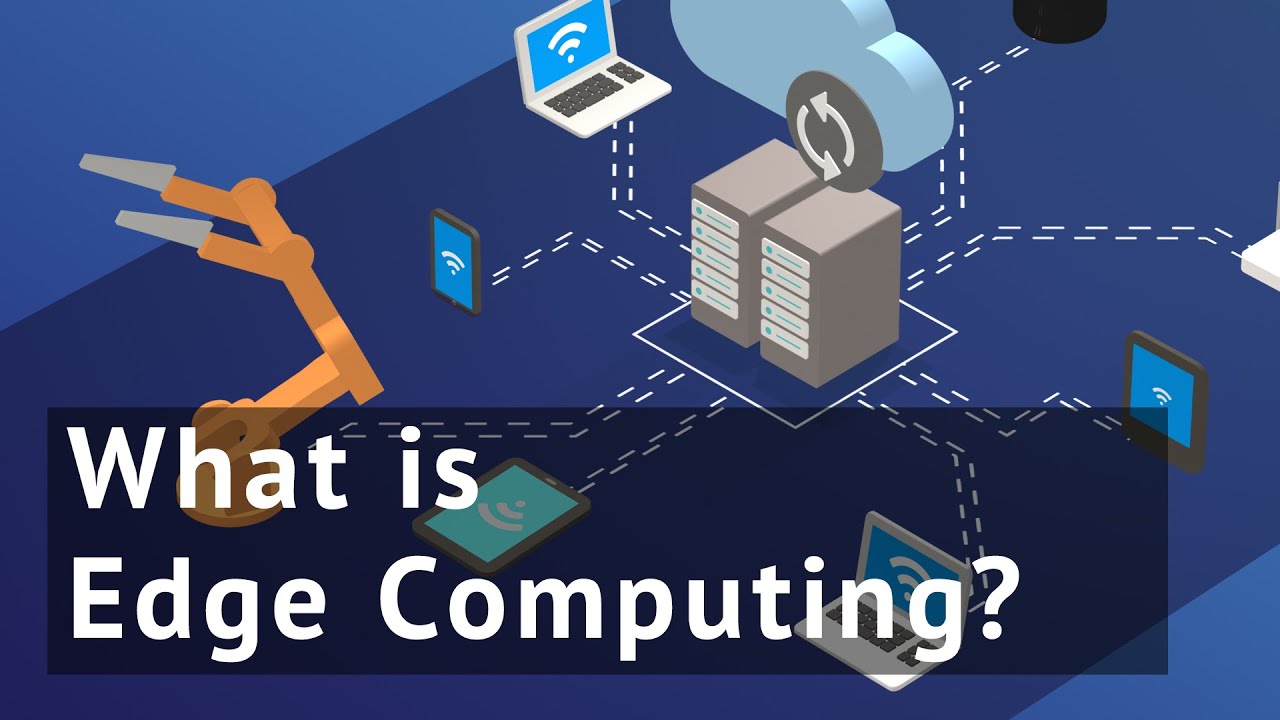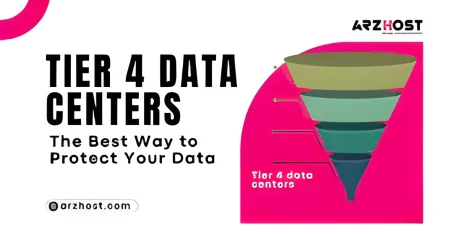Enterprises can use public Edge Computing VS Cloud Computing services to add global servers to their own data centres, extending their infrastructure to any location and allowing them to scale computational resources up and down as necessary.
These hybrid public-private clouds provide enterprise computing applications with a level of flexibility, value, and security never before possible.
However, real-time AI applications can demand a lot of local processing power, frequently in remote areas too far from centralized cloud servers. And due to low latency or data-residency constraints, some workloads must stay on-site or in a specific area.
This is why many businesses use edge computing, which is the term for processing that takes place where data is produced, to deploy their AI applications. Edge computing manages and saves data locally on an edge device rather than doing the task in a remote, centralized data reserve.
And the device can function as a stand-alone network node rather than being reliant on an internet connection. There are many advantages and use cases for Edge Computing VS Cloud Computing, and they can complement one another.
What is Cloud Computing?
The research firm Gartner defines “cloud computing” as a computing model in which IT-enabled capabilities that are elastic and scalable are provided as a service via the Internet.
The advantages of cloud computing are numerous. The cloud is very or extremely crucial to the future strategy and expansion of their firm, according to 83 per cent of respondents to the Harvard Business Review’s “The State of Cloud-Driven Transformation” report.
The adoption of cloud computing is steadily rising. The following are some reasons why businesses have used and will continue to use cloud infrastructure:
- Lower initial cost – There is no longer a capital investment for purchasing hardware, software, IT administration, and 24-hour electricity for power and cooling. With a low financial entry barrier, cloud computing enables companies to swiftly bring applications to market.
- Flexible pricing – Enables businesses to better control costs and avoid unpleasant surprises by only charging for the computer resources they really use.
- Unlimited compute on demand – By automatically providing and DE provisioning resources, cloud services may rapidly respond and adapt to changing demands. This can reduce expenditures and improve an organization’s overall effectiveness.
- Simplified IT management – Cloud providers give their clients access to IT management professionals, freeing up staff to concentrate on the essential requirements of the company.
- Simple updates – With just one click, you may access the most recent equipment, programmes, and services.
- Reliability – Data can be duplicated at numerous redundant sites on the network of the cloud provider, making data backup, disaster recovery, and business continuity simpler and less expensive.
- Save time – Setting up private servers and networks can take a lot of time for businesses. They can deploy applications in a fraction of the time and reach the market sooner with cloud infrastructure that is available on demand.
What is Edge Computing?
Moving processing resources physically closer to the location where data is generated, typically a sensor or Internet of Things device is known as edge computing. Edge computing is so named because it brings compute capacity to the network or device’s edge, enables quicker data processing, more bandwidth, and guaranteed data sovereignty.
Edge computing eliminates the need for massive amounts of data to travel between servers, the cloud, and devices or edge locations to be processed by processing data at a network’s edge.
This is especially crucial for contemporary applications like data science and artificial intelligence.
What Advantages Does Edge Computing Offer?
Businesses that have implemented edge use cases in production will increase from around 5% in 2019 to nearly 40% in 2024, predicts Gartner. Deep learning and inference, standard uptime data centre processing and analysis, modelling, and video streaming are just a few of the high compute applications that have become essential to modern living.
The number of edge use cases in production should climb as businesses become more aware that these apps are driven by edge computing.
Businesses are putting money into cutting-edge technology to gain the following advantages:
- Lower Latency – Data transit is decreased or eliminated as a result of edge processing. This helps speed up insights for use cases requiring low latency and complicated AI models, including fully autonomous vehicles and augmented reality.
- Cost Savings – When compared to cloud computing, local area networks provide businesses with greater bandwidth and storage at lower costs. A further benefit of processing at the edge is that fewer data must be transferred to the cloud or data centre tier for additional processing. As a result, both the cost and the volume of data that must travel are reduced.
- Model Accuracy – AI depends on highly accurate models, particularly for edge use cases that call for instantaneous action. Lowering the amount of data fed into a model often solves the problem of a network with insufficient bandwidth. Reduced image sizes, skipped frames in the video, and lower audio sample rates are the results of this. Data feedback loops can be utilized to increase the precision of AI models when they are deployed at the edge, and several models can operate at once.
- Broader Reach – For traditional cloud computing, an internet connection is a need. However, edge computing may process data locally without an internet connection. As a result, computing can now be used in previously inhospitable or isolated regions.
- Data Sovereignty – Edge computing enables enterprises to keep all of their sensitive data and computation inside the local area network and company firewall by processing data where it is obtained. As a result, the risk of cloud cybersecurity threats is decreased, and severe data rules are better complied with.
What Function Does Edge AI Play in Cloud Computing?
Containerized applications have advantages for both edge and cloud computing. Containers are software packages that are simple to deploy and can run programmes on any operating system.
The software packages have been decoupled from the host operating system to enable cross-platform or cloud operation.
The location is the primary distinction between Edge Computing VS Cloud Computing. While cloud containers function in a data centre tier uptime, edge containers are situated at the edge of a network, closer to the data source.
Containerized cloud solutions are simple to deploy at the edge for businesses that already use them.
Cloud-native technology is frequently used by businesses to operate their edge AI data centres. This is due to the fact that 10,000 server sites with no physical protection or trained personnel are regularly used by edge AI data centres. Edge AI servers must therefore be safe, reliable, and simple to grow.
When Should You Use Cloud Computing vs. Edge Computing?
Most firms will ultimately use both Edge Computing VS Cloud Computing since they each have unique advantages. Here are some things to think about when deciding where to deploy certain workloads.
|
Cloud Computing |
Edge Computing |
|
Data in cloud storage |
Highly sensitive data and strict data laws |
|
Dynamic workloads |
Large datasets that are too costly to send to the cloud |
|
Non-time-sensitive data processing |
Real-time data processing |
| Reliable internet connection |
Remote locations with limited or no internet connectivity |
In the context of medical robotics, where surgeons require real-time data access, edge computing is preferred to cloud computing.
These systems contain a significant amount of software that might be run on the cloud, but they are unable to support the smart analytics and robotic controls that are becoming more common in operating rooms due to latency, network dependability issues, and bandwidth limitations. In this case, edge computing helps the patient either live or die.
A Hybrid Cloud Architecture Offers the Best of Both Worlds
The confluence of Edge Computing VS Cloud Computing is essential for many enterprises. When possible, organizations centralize, and when it’s necessary, they distribute.
Enterprises can benefit from the security and management of on-premises systems while utilizing public cloud resources from a service provider thanks to a hybrid cloud architecture. For many enterprises, a hybrid cloud solution entails different things.
It could entail training in the data centre tier uptime institute and using cloud management tools at the edge, training in the cloud and deploying at the edge, or training at the edge and using the cloud to centralize models for federated learning. The possibilities for combining Edge Computing VS Cloud Computing are endless.
Find out more about ARZHOST’s accelerated computing platform, which is designed to function no matter where an application is at the edge, in the cloud, or anywhere in between.
Read More Article
- data centre hosting costs
- cost of colocation in the data centre
- top 17 Container Orchestration Tools in DevOps Environment
- colocation cost per rack
- colocation cost per u
- popular container orchestration tools
- Managed Cloud VPS















